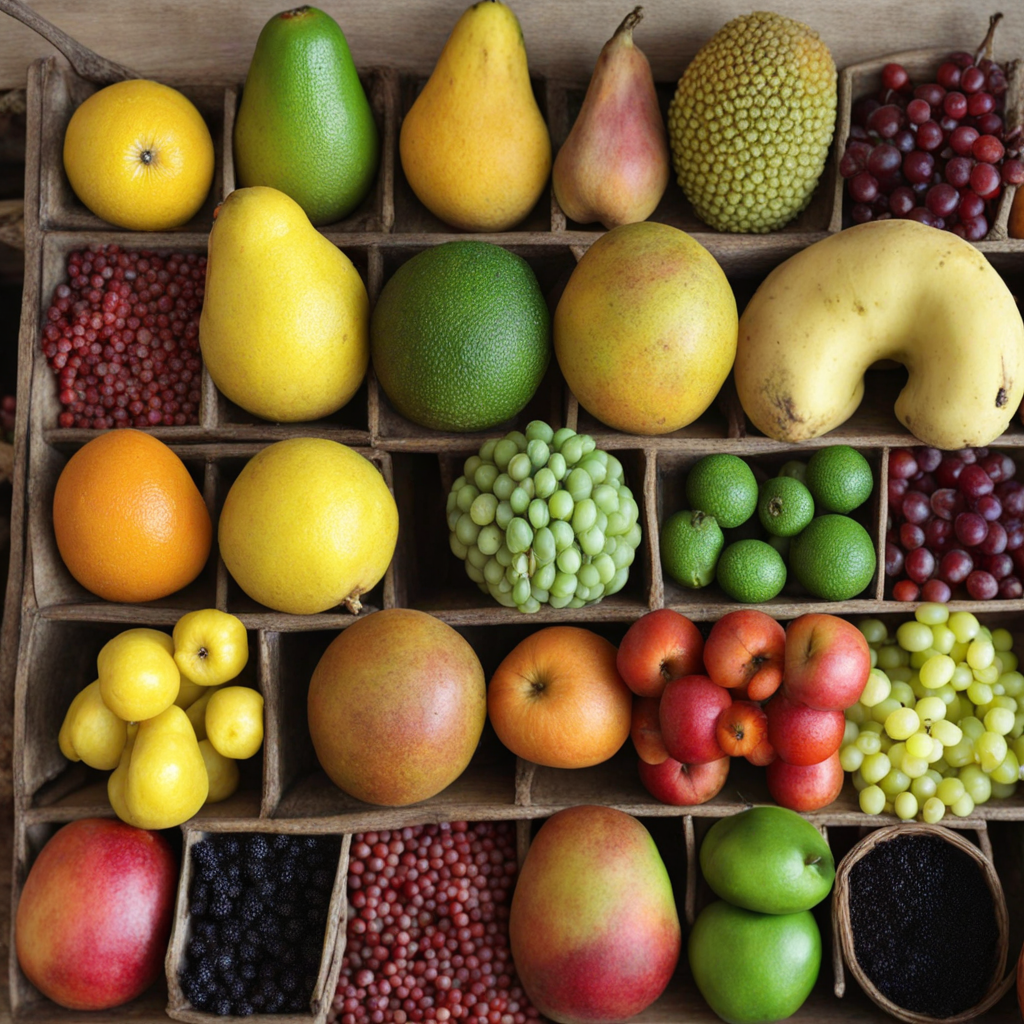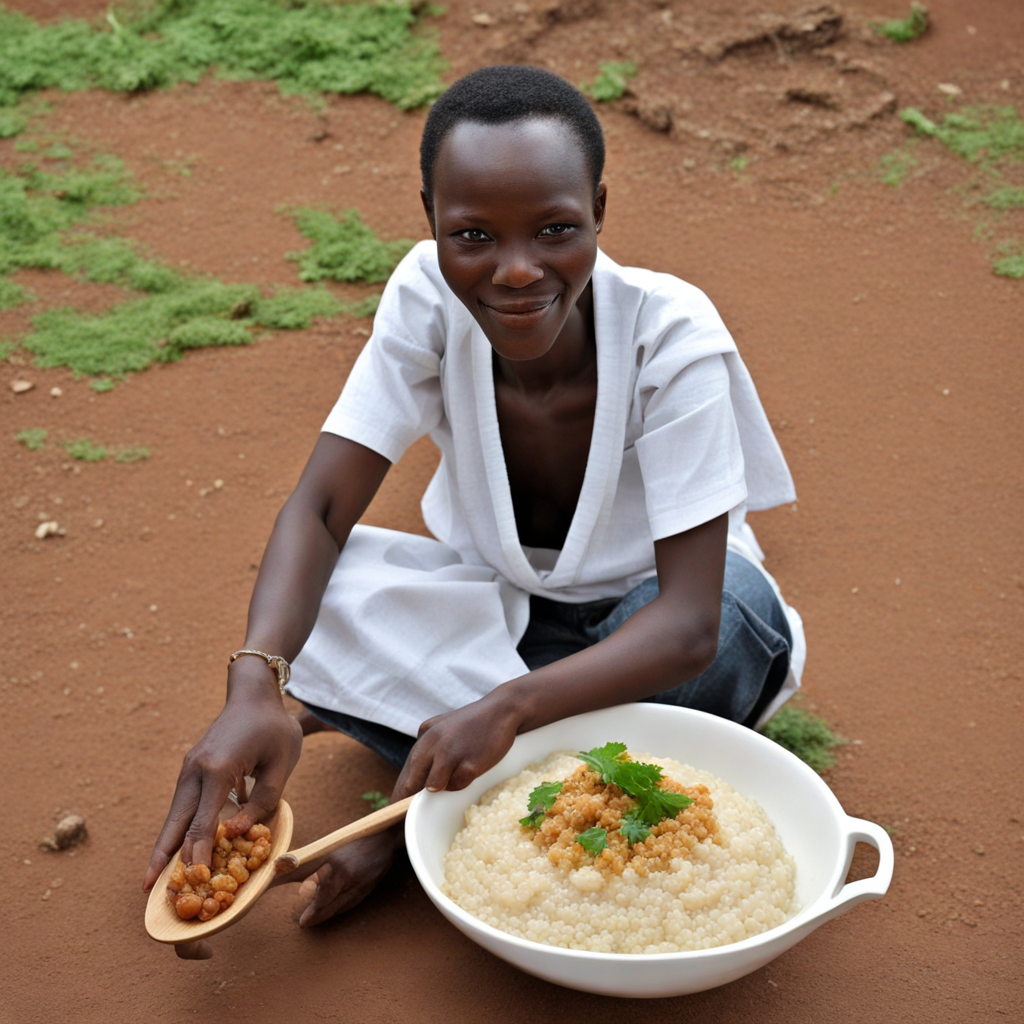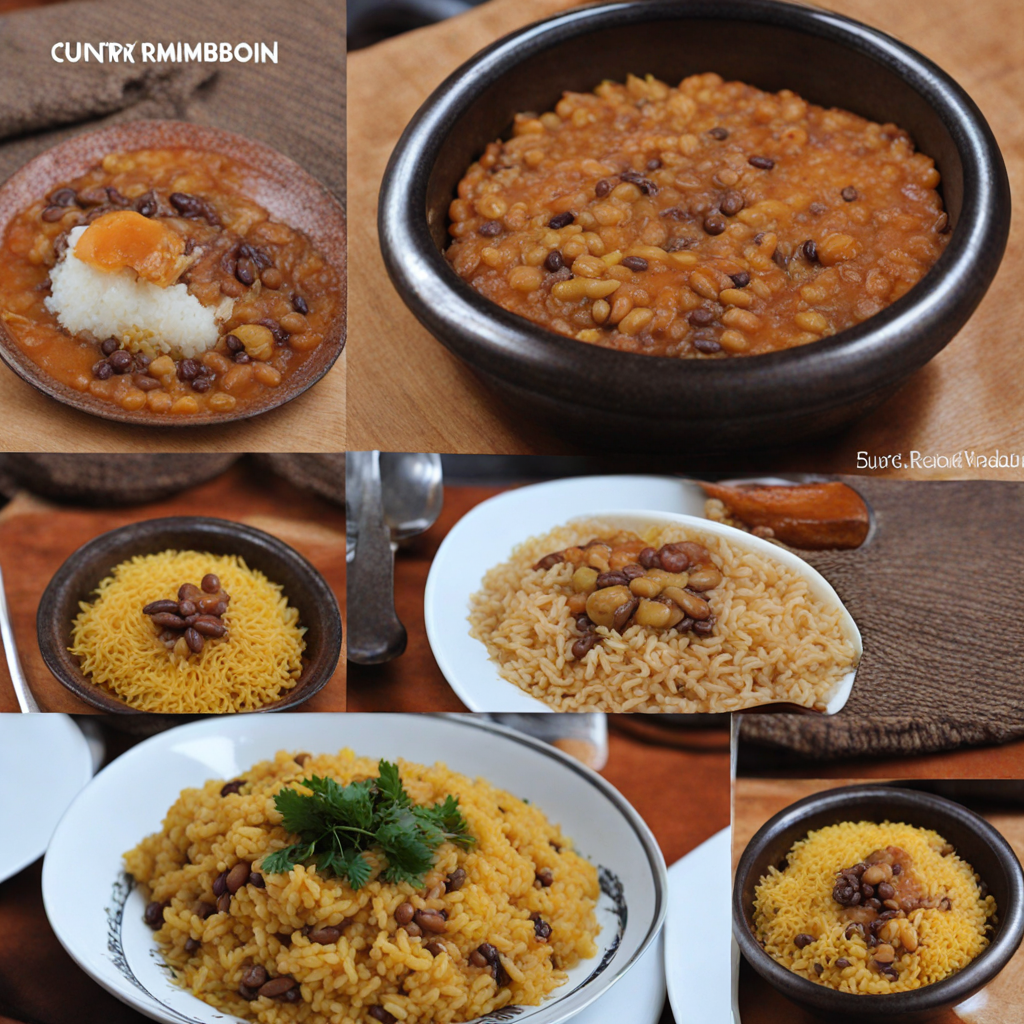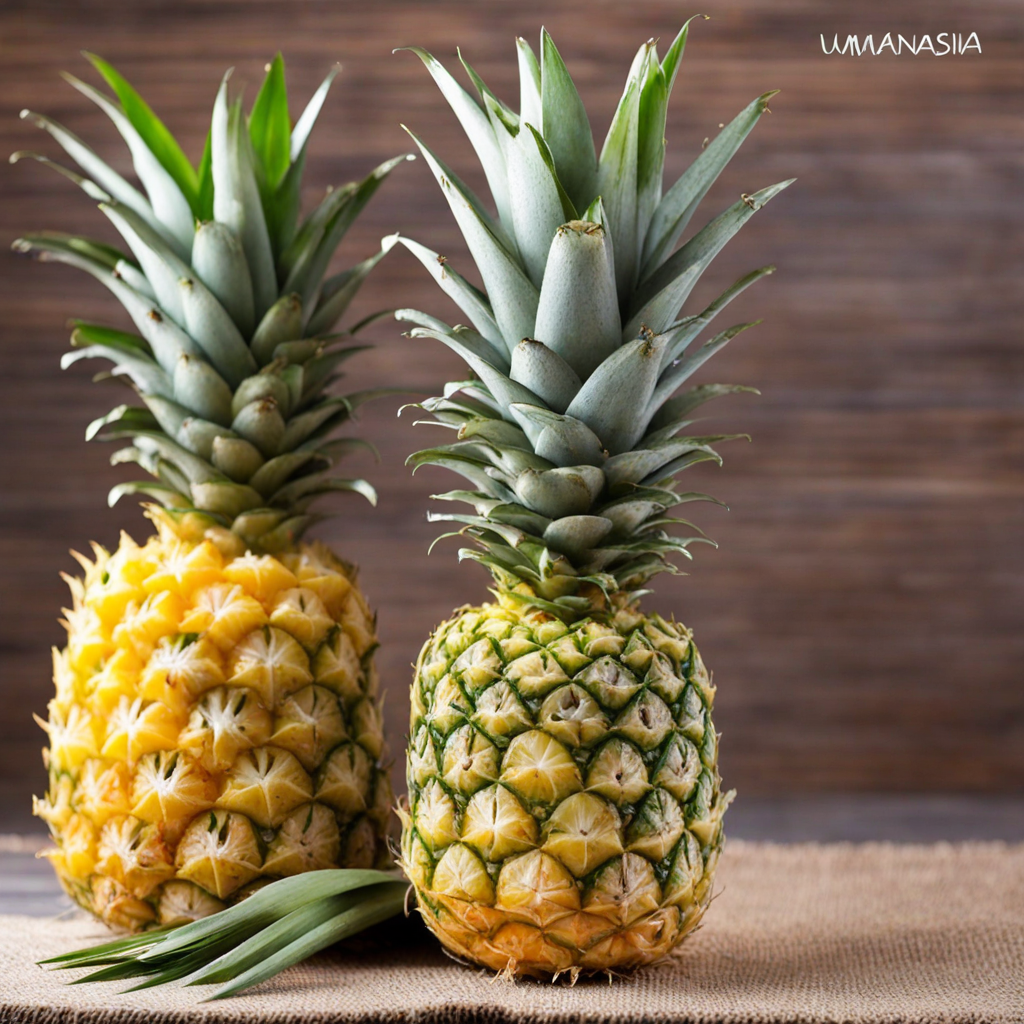Imbuto
Imbuto is a delightful Rwandan dish that showcases the rich culinary heritage of the region. At its core, Imbuto refers to fruits, particularly those that are local and seasonal, which are transformed into vibrant, flavorful dishes. The use of fresh, ripe produce is essential, as it highlights the natural sweetness and unique flavors of fruits such as bananas, passion fruit, and guava. In traditional Rwandan kitchens, Imbuto is often enjoyed as a refreshing snack or dessert that captures the essence of tropical abundance. The preparation of Imbuto can vary, with some dishes featuring fruits cooked in syrup or combined with spices to enhance their flavor profiles. For instance, bananas may be caramelized with sugar and a hint of cinnamon, creating a warm, comforting treat. Alternatively, fruits can be blended into smoothies or served as a fruit salad, garnished with local herbs and nuts, providing a delightful contrast of textures and tastes. The vibrant colors and enticing aromas make Imbuto not only a feast for the palate but also a visual delight. What makes Imbuto truly special is its connection to Rwandan culture and the community spirit that surrounds food sharing. It is common for families and friends to come together to enjoy these fruit dishes during celebrations and gatherings, reinforcing bonds and creating lasting memories. Whether you're tasting Imbuto for the first time or rediscovering it, the experience is sure to be a flavorful journey that reflects the heart and soul of Rwandan cuisine.
How It Became This Dish
The Engaging History of Imbuto: Rwanda’s Culinary Treasure #### Origins Imbuto, which translates to "fruit" in Kinyarwanda, is not merely a term for edible produce but a symbol of Rwanda’s agricultural bounty and cultural heritage. The roots of imbuto can be traced back to the ancient agricultural practices of the Rwandan people, who cultivated a variety of crops in the country's fertile highlands. The geographical diversity, ranging from volcanic soil to temperate climates, allowed for an abundance of fruits and vegetables that became integral to the Rwandan diet. Historically, the Rwandan people relied heavily on subsistence agriculture, growing crops such as bananas, beans, cassava, and sweet potatoes. Among these, bananas, particularly the East African Highland variety, hold a special place in their culinary landscape and are often included in the broader category of imbuto. Additionally, various indigenous fruits such as passion fruit, guava, and avocados also contribute to the rich tapestry of Rwandan cuisine. #### Cultural Significance Imbuto is not just about nourishment; it embodies the social and cultural fabric of Rwandan society. The consumption of fruits and vegetables is often intertwined with local customs, festivities, and rituals. For instance, during special occasions such as weddings or national celebrations, imbuto plays a prominent role in the feast, symbolizing prosperity and fertility. The communal aspect of sharing food is deeply ingrained in Rwandan culture, and imbuto serves as a medium for social bonding. Families and communities gather to harvest fruits together, reinforcing communal ties and sharing knowledge about agricultural practices. This collective approach to farming and food preparation fosters a sense of belonging and cultural continuity. Moreover, imbuto is often linked to traditional folklore and storytelling. Fruits and vegetables are featured in proverbs and tales that convey moral lessons or historical narratives, thus enriching the oral tradition. The stories surrounding imbuto often highlight themes of abundance, resilience, and the connection between nature and humanity. #### Development Over Time The evolution of imbuto in Rwanda can be viewed through the lens of historical events, colonial influences, and modernization. During the pre-colonial period, imbuto was primarily cultivated for subsistence. The introduction of cash crops during the colonial era, particularly by Belgian colonizers in the late 19th and early 20th centuries, significantly altered agricultural practices. The focus shifted towards growing crops for export, which, while economically beneficial, threatened traditional farming methods and local food security. Following independence in 1962, Rwanda experienced significant social and political upheaval, culminating in the tragic genocide of 1994. In the aftermath, the nation faced immense challenges in rebuilding its agricultural sector, with a focus on food security and self-sufficiency. Imbuto became a focal point in these efforts, as the government and various NGOs sought to revitalize agriculture and educate communities about sustainable farming practices. In recent years, there has been a resurgence of interest in traditional foods, including imbuto. This revival is driven by a growing awareness of the nutritional benefits of indigenous fruits and vegetables, as well as a desire to preserve cultural identity in the face of globalization. Initiatives aimed at promoting local produce have emerged, encouraging farmers to cultivate traditional varieties while also exploring modern agricultural techniques. The promotion of imbuto has also found its way into the tourism sector. Culinary tourism in Rwanda highlights local foods, including imbuto, as part of the experience for visitors. Tourists are often invited to participate in fruit harvesting and cooking classes, allowing them to engage with the local culture while supporting the economy. This intersection of agriculture, culture, and tourism has provided new avenues for the appreciation and celebration of imbuto. #### Modern Day Imbuto Today, imbuto is emblematic of Rwanda’s journey towards healing and sustainability. The emphasis on nutrition has led to the promotion of fruits and vegetables as vital components of a balanced diet. This is particularly important in a country where malnutrition remains a challenge, especially among children. Government programs aimed at enhancing food security often include education on the health benefits of consuming a variety of imbuto, reinforcing the link between agriculture and public health. Furthermore, the impact of climate change has necessitated a reevaluation of agricultural practices. Farmers are increasingly adopting agroecological methods that prioritize biodiversity, resilience, and sustainability. These practices not only help in cultivating a diverse array of fruits and vegetables but also contribute to the preservation of traditional knowledge and practices associated with imbuto. Rwandan cuisine continues to evolve, with imbuto finding its way into contemporary culinary creations. Chefs are experimenting with traditional fruits in innovative dishes, blending them with global culinary trends. This fusion reflects the dynamic nature of Rwandan cuisine, which honors its roots while embracing the present. #### Conclusion The history of imbuto in Rwanda is a rich narrative that intertwines agriculture, culture, community, and resilience. From its origins in ancient agricultural practices to its place in modern Rwandan society, imbuto serves as a testament to the enduring connection between the land and its people. As Rwanda continues to navigate the complexities of a globalized world, imbuto remains a vital symbol of cultural identity and a source of pride for the Rwandan people. It stands not only as a delicious part of their culinary heritage but also as a reminder of their resilience and commitment to sustainable development. The journey of imbuto is a story of transformation, unity, and hope, reflecting the heart and soul of Rwanda.
You may like
Discover local flavors from Rwanda







